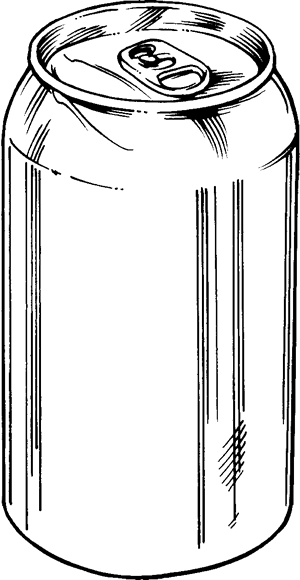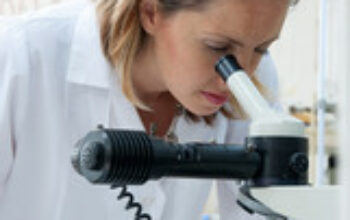Quantum mechanics, the bedrock of modern physics, has given rise to concepts that stretch our understanding of reality, forcing us to reevaluate our perceptions of the microscopic world. One such thought experiment is the proposition of Schrödinger’s cat, which illustrates the superposition principle — the idea that a quantum system can exist in multiple states simultaneously until an observation collapses these states into a single outcome. Extending this metaphor into the realm of microbiology, one might ponder: Can Schrödinger’s bacterium exist in superposition? This inquiry compels a thorough exploration not only of the peculiarities of quantum entities but also of their intersections with biological systems.
To initiate this exploration, one must first understand the premise of superposition. In quantum mechanics, superposition refers to a state where a system can simultaneously occupy multiple states. For instance, a photon may be both polarized and unpolarized until measured, at which point it assumes a definite state. This characteristic raises intriguing questions when applied to biological entities such as bacteria. Bacteria, fundamentally single-celled organisms that are ubiquitous in our environment, possess a complexity that belies their microscopic size. They engage in myriad metabolic pathways and interactions that imply a distinctively non-classical behavior as they navigate their surroundings.
Imagining a bacterium existing in superposition requires a confrontation with classical notions of life and observation. Bacteria exhibit remarkable adaptability. Some species can thrive in extreme conditions, oscillating between dormant and active states. This adaptability echoes the quantum superposition wherein a bacterium could simultaneously inhabit a state of dormancy and activity, poised to respond to stimuli in its environment. Within the context of quantum biology, there is growing discourse surrounding the entanglement of quantum phenomena with biological processes. For instance, photosynthesis in plants has been suggested to involve quantum coherence, allowing for highly efficient energy transfer. In a similar vein, one might postulate that certain bacterial behaviors could be influenced by quantum states.
Embarking upon the notion of a “Schrödinger’s bacterium” posits a biological entity that does not simply toggle between states but instead embodies multiple potential states simultaneously. Consider a scenario where a bacterium resides in its optimal environment. In our classical understanding, it exists either as metabolically active, undergoing reproduction and energetics, or as dormant, conserving energy. However, within the quantum paradigm, if environmental stimuli were removed from measurement, the bacterium could be perceived as existing in superposition between these states. The vital question thus arises: What would it mean to observe this superposition? Would measuring its state destroy its quantum essence, rendering it classically active or inactive?
Expanding upon the philosophical implications, one delves into the observer effect fundamental to quantum mechanics. The act of observing a quantum system alters its state, akin to how environmental factors influence bacterial behavior. This raises a significant point of contention within biology; the mere act of measurement could influence the outcome of experiments involving bacterial activity. How does this interplay of observation manifest within the turbulent landscape of microbial ecology, where bacteria thrive through interactions with their environments and each other? A parallel emerges, suggesting that bacteria exist in a symbiotic realm that is constantly shifting, reminiscent of a quantum state dance, which is both dependent on the observer and the myriad environmental variables.
Moreover, one cannot overlook the ethical implications of engineering or manipulating bacterial states in possible applications, ranging from antibiotic resistance studies to bioremediation efforts. If one assumes, albeit hypothetically, that synthetic biology could involve manipulating bacteria in such a way that they exhibit a semblance of superposition—simultaneously being a pathogen and a remedial agent—one encounters profound moral considerations. Are we venturing into realms where our understanding of life is qualitatively different? What avenues does this exploration open within synthetic biology where the delineation between observer and observed becomes increasingly obscure?
The exploration of Schrödinger’s bacterium does not remain confined to theoretical musings alone; it invites interdisciplinary dialogue between physicists, biologists, and philosophers. This cross-pollination of ideas cultivates a fertile ground for innovation and discovery. As technology advances, allowing for more sophisticated observations and manipulations of biological systems at the quantum level, the potential to observe such superpositions, or at the very least, phenomena that resonate with the idea of superposition, becomes increasingly tangible.
In conclusion, the proposition of Schrödinger’s bacterium existing in superposition embodies a profound intersection of quantum mechanics and microbiology. This exploration traverses the boundaries of classical notions of life and prompts questions regarding the nature of observation, interaction, and the ethical dimensions of manipulating life at the quantum level. As our understanding of both quantum systems and biological entities expands, it is imperative to remain vigilant, examining not only the scientific intricacies but also the broader implications such inquiries usher into our current comprehension of existence. Indeed, as we stand at the brink of potential discoveries, the tapestry of life and quantum mechanics beckons, inviting us to ponder just how profoundly intertwined these realms of reality may be.












